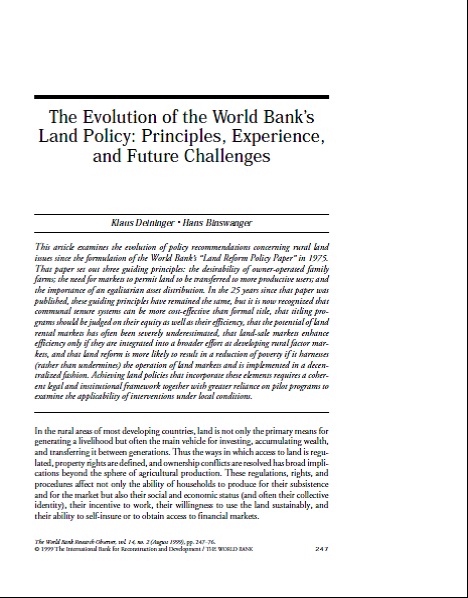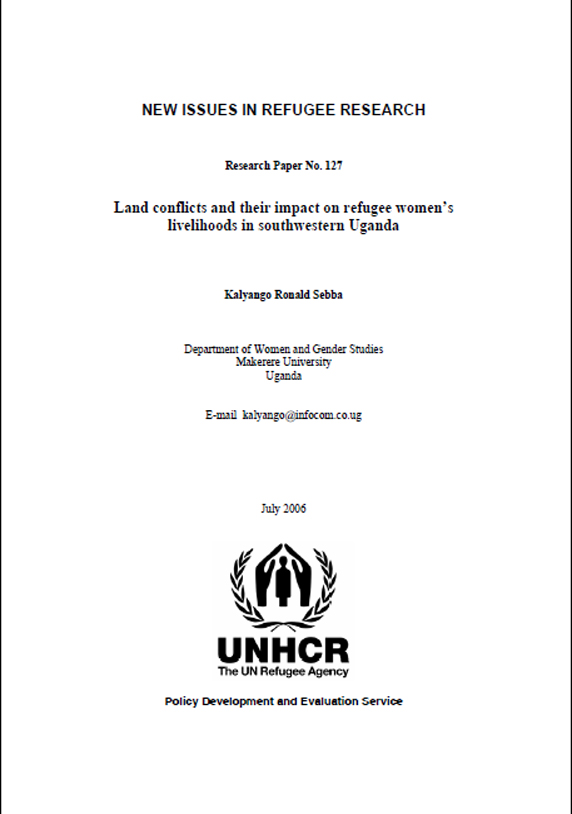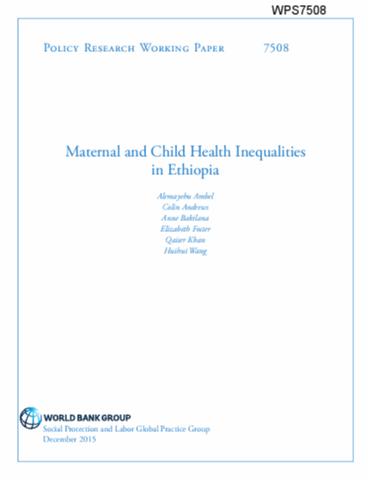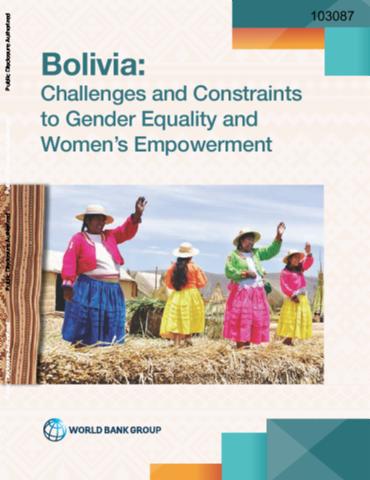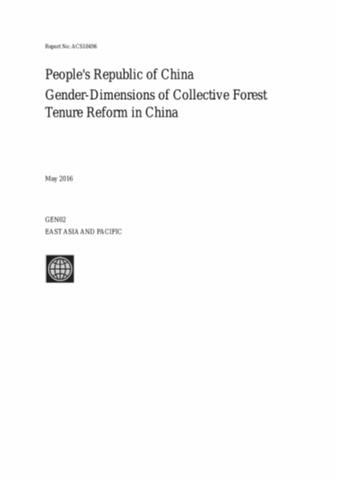THE HINDU SUCCESSION ACT, 1956
A legislation to amend and codify the law relating to intestate succession among Hindus. It deal with issues related to coparcenary property, interest in the property of a tarwad, tavazhi, kutumba, kavaru or illom, rules of succession in the case of males, succession among heirs, distribution of property among heirs in class I of the Schedule.





